
Which trees to plant near a patio?
Which trees to plant near a terrace?
Contents
Staining fruit, destructive roots, foul odours… Don’t plant just any tree near a patio!
When buying a tree, it is young, but it will grow and can reach tens of metres in height and several metres in width. Knowing that roots are roughly equivalent to the spread of the crown, they can break pipes or even lift your home. Moreover, fruit trees, though tasty, produce fruit that fall and can stain your patio surface and force you to clean the patio every day. Some essential oils, such as female Ginkgo biloba, give off a nauseating smell when the fruits decay. Also, a patio is a space where you spend time: family lunches, dinners with friends, reading… Better to be comfortable! For that reason, favour small, scented, floriferous trees with non-invasive roots.
Chionanthus
Also called “snow tree”, Chionanthus includes two species: virginicus and retusus. In spring, it is maculate with a white flowering, its fine petals forming star shapes. Two species have different habits. The Chionanthus retusus has a small, umbrella-like tree silhouette, reaching 3 m tall. Hardy, this species prefers a sunny or semi-shaded position sheltered from wind. To obtain a tree form, it is necessary to cut the lowest branches. The Chionanthus virginicus, by contrast, forms a shrub with a wide, rounded habit. It can also be trained as a tree by pruning the lower branches. Its leaves, slightly broader than those of retusus, turn golden yellow in autumn. Chionanthus likes deep, acidic, rich soil. Avoid placing in calcareous, dry soil. Beside a terrace, during flowering in May–June, it will bring a pleasantly slightly minty scent.
⇒ Discover: Chionanthus, snow tree: planting, to grow.
Pinus strobus ‘Radiata’
Part of white pines, Pinus strobus ‘Radiata’ is a variety that does not exceed 1.75 m in height. At head height, it will not damage terrace. However, it can easily screen it. Its shoots, initially smooth, crack and whiten with time. They bear very numerous needles, fine, flexible and bluish-green. These give it a dense habit, ideal for creating a cosy little corner and hiding from neighbouring views. Also known as Weymouth pine ‘Radiata’, it is very hardy and tolerates down to -40°C. The dwarf Weymouth pine is a species used for reforestation thanks to rapid growth and easy cultivation. In terms of soil, avoid calcareous soil, but once well established it can tolerate dry soil. Best substrate remains a fresh, well-drained and acidic soil. This conifer should be placed in full sun, or in light shade in warm regions. Once a year, apply fertiliser around April. During first years, water well so soil stays fresh but not waterlogged.
See also: Pines: planting, pruning and care
Discover other Patios
View all →Available in 1 sizes
Available in 1 sizes
Available in 1 sizes
Available in 1 sizes
Available in 1 sizes
Available in 0 sizes
Available in 0 sizes
Available in 1 sizes
Available in 1 sizes
Available in 0 sizes
Gleditsia triacanthos 'Sunburst'
This variety of honey locust has the advantage of being thornless. Its silhouette is airy and graceful, adorned with fine, decorative foliage. Leaves are first lime green in spring, then gradually turn golden in summer before falling in autumn. The cultivar ‘Rubylace’ has leaves blending green and bronze. Placed near a terrace, it provides light shade in summer and shimmering colours. This essential oil is hardy and tolerates temperatures below -15°C. It can reach 10 m tall and 8 m wide at ripeness, so make sure to leave it plenty of space near the terrace. If located by a border, do not plant too close. However, it has a taproot, that is a root which grows deep but does not spread. It will not disturb the house or the terrace. That said, take care with ducts; check their position before planting. For exposure, avoid wind and favour sunny positions. Preferring well-drained soil, feel free to add a layer of gravel or clay pebbles to the bottom of the hole when planting. Clay soils should be mixed with sand. In any case, you can give it some compost and water thoroughly at planting. Thereafter, it requires little maintenance.
Japanese maple
No introduction needed for Acer palmatum and its decorative leaves. Green or red, leaves pass through a multitude of shades in autumn. Golden yellow, bright red, deep purple, luminous orange… A beautiful palette of warm colours declinates beneath autumn sky. This coloured foliage stands out for varied shapes: palmate, dissected, even finely cut! This small tree stands between 1 m and 10 m tall. These size variations are due to different habits: weeping, bushy or upright. Whatever the habit, its branches are elegant, slender and graphic. Some cultivars such as ‘Sangokaku’ have bright red branches that contrast with their soft green leaves. Often planted in a pot or in small gardens, you can quite happily plant it near your terrace. As a specimen, enjoy its pretty silhouette. In a mixed border, it combines well with plants for heather soil. Indeed, this handsome tree needs partial shade with morning sun. It likes fresh, well-drained and slightly acidic soil. Avoid placing in full sun, or leaves may dry out. For maintenance, add a layer of mulch at its base. In summer, water regularly, allowing soil to dry out between waterings. Also make a habit of giving a little compost once a year.
⇒ Read: Japanese maples: how to choose the right variety? and everything you need to know about Japanese maples.
Trachycarpus wagnerianus
Dreaming of an exotic terrace? You don’t have fine sand or turquoise sea, but you can have coconut palms! More precisely, a Trachycarpus wagnerianus. This miniature palm reaches 6.5 m high and 1 m wide with leaves 50 cm long. It is slightly smaller than Trachycarpus fortunei, but just as exotic! Its dark-green leaves are palmate, stiff and compact. The stipe (its woody stem) is covered in interlaced fibres that protect it from frost. Indeed, this palm is one of the hardiest! It tolerates down to -15°C, enough to bring a touch of the tropics even in a cold climate. Its roots are fairly shallow, which is ideal close to a house. Inflorescences bearing cream-yellow flowers appear in early summer. However, it is not its flowering that makes it renowned. It can be grown in a pot or planted in open ground, in light, fertile and fairly cool soil. During first three years it will need regular watering in summer and less frequent watering in winter to keep soil cool. Beware, soil must not be waterlogged. Thereafter, it will tolerate drier substrate.
⇒ To learn everything and succeed in cultivating hemp palm, consult our complete fact sheet: Trachycarpus, to plant, to grow and to care for.
Cornus kousa
Japanese dogwood stands out for its unusual flowering. Between May and July it is adorned with a multitude of small pink, white or green flowers. They have four large, regular bracts arranged symmetrically, often mistaken for petals. Small flowers are actually in the centre, green-yellow in colour. Leaves are single, ovate and opposite. After small red fruits appear in September, foliage turns scarlet before falling, leaving a graphic, naked silhouette. From spring to autumn, Cornus kousa therefore provides decoration by the terrace, thanks at times to its flowers, fruits or leaves. Moreover, its superficial root system is unlikely to damage nearby structures. This small tree, up to 7 m tall, is very hardy, tolerating temperatures below -15°C. Cornus kousa likes well-drained, fertile, slightly acidic soils. However, it dislikes winter dampness. Each spring, add some compost and turf to enrich and acidify soil. For first two years, water regularly between May and October; thereafter watering is no longer necessary.
⇒ Also read : Flowering dogwoods: planting, pruning and maintenance.
Magnolia stellata
A shower of star-shaped flowers opens on branches of Magnolia stellata from early spring. Before its leaves appear, pink or white flowers perfume the terrace with their sweet fragrance. With its bushy habit, it gradually spreads to perfectly adorn the back of a border. It will not exceed 3 m in height or width. Thus, it can easily be planted at the edge of the terrace, allowing owners to enjoy its abundant flowers. Hardy to −15°C, this species tolerates both full sun and partial shade. However, like other magnolias, it requires fresh, well-drained, acidic soil. The Magnolia stellata tolerates neutral to slightly calcareous soil if you mix heather soil into garden soil at planting. It pairs wonderfully with heather soil bushes such as rhododendrons, azaleas and camellias. This flowering border, in bloom for much of the year, will brighten the terrace for sure!
⇒ Discover: Magnolia: planting, pruning and care and our advice on choosing the variety suited to your garden.
Dicksonia antarctica, an alternative to palms
Warmer regions can accommodate a tree fern. Dicksonia antarctica is one of the hardiest, tolerating down to -10°C. To withstand such low temperatures it must be protected from wind and situated within a mild, humid climate. Moreover, this plant requires high humidity. It would suit a shaded spot tucked between walls in a region with mild winters. If demanding of the gardener, it rewards them with a magnificent fibrous stipe topped by a crown of soft green fronds. It grows slowly but steadily, provided it is well established. Ultimately, it reaches 6 m tall by 3 m wide and alone can transform an entire terrace. It’s best to mulch it to conserve soil moisture in summer and protect it from cold in winter. Plant it in fresh soil rich in humus, neutral to acidic. When planted in a border beside a terrace, it will readily host other ferns at its feet, such as Athyrium filix-femina ‘Victoriae’, which prefers the same soil type.
⇒ See also : Tree fern: planting, cultivation and care and Planting tree ferns for an exotic, lush border.
- Subscribe!
- Contents
































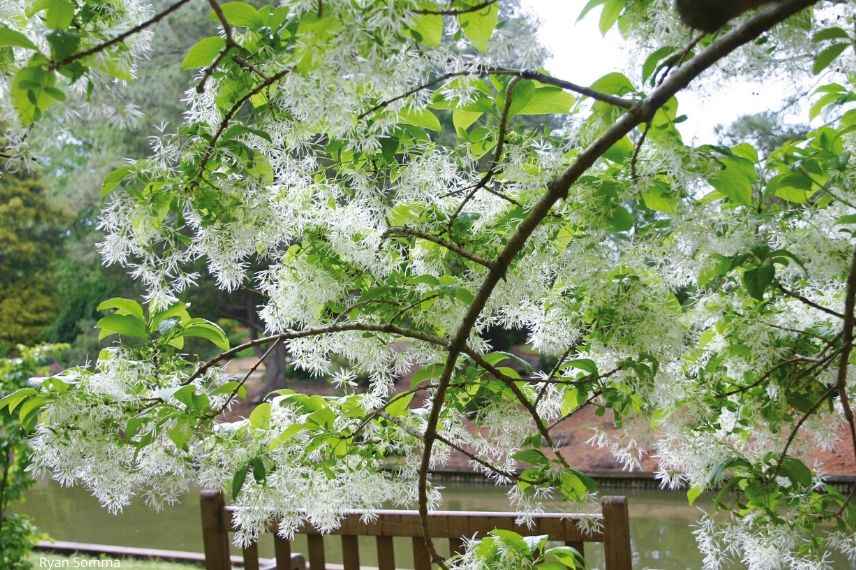
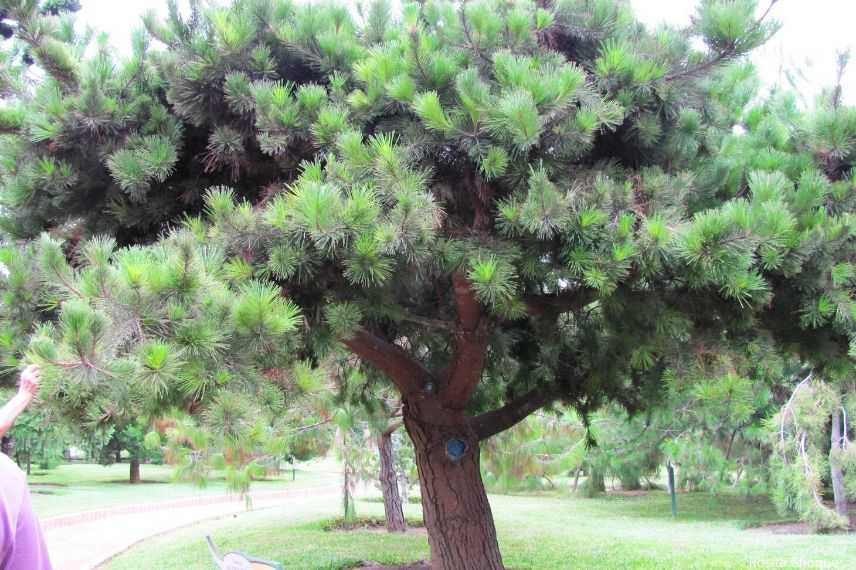
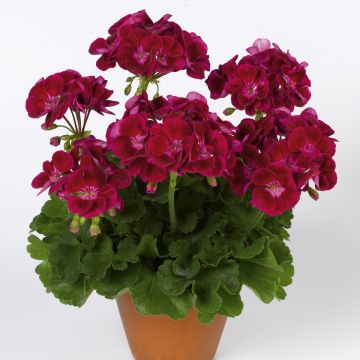
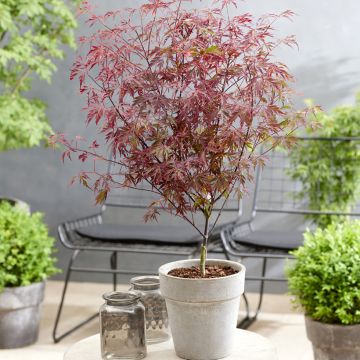
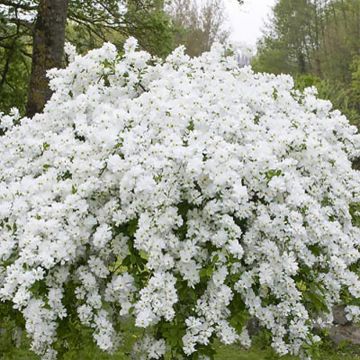


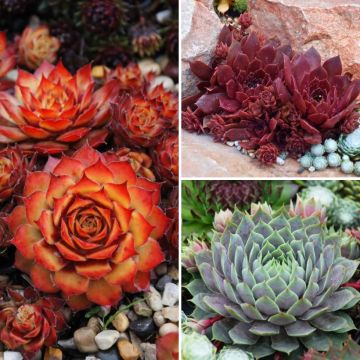

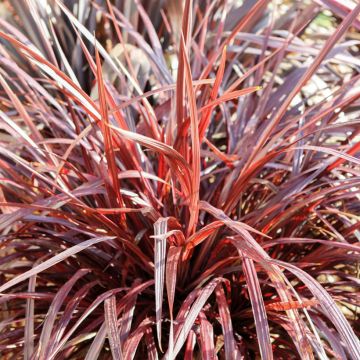
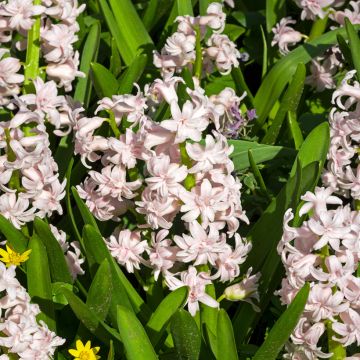
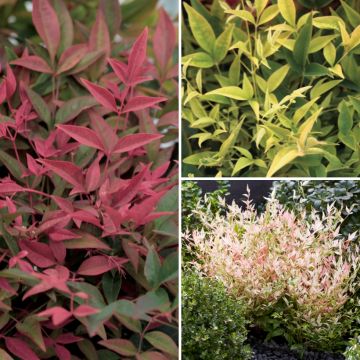
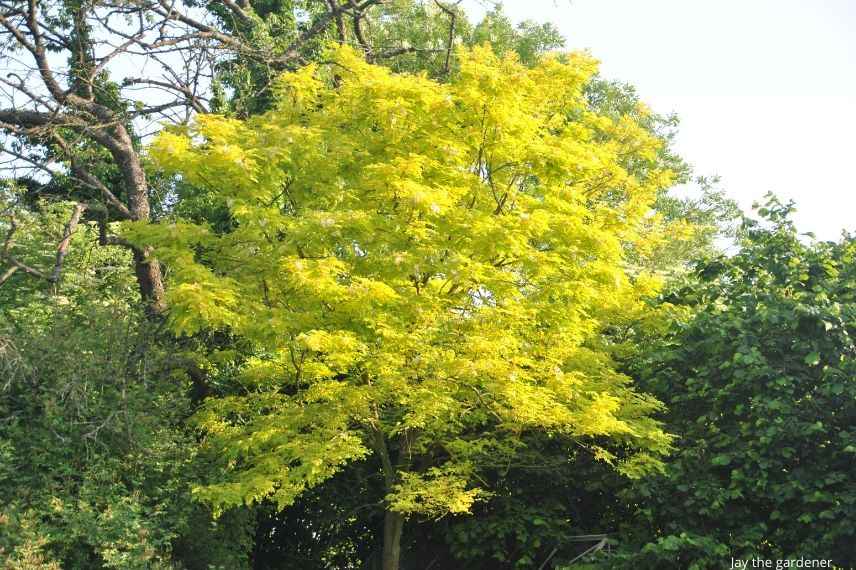
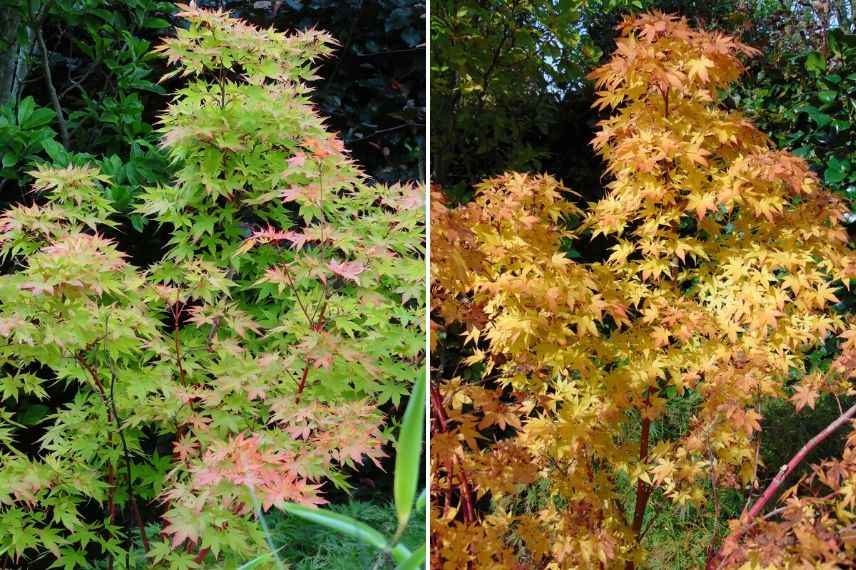
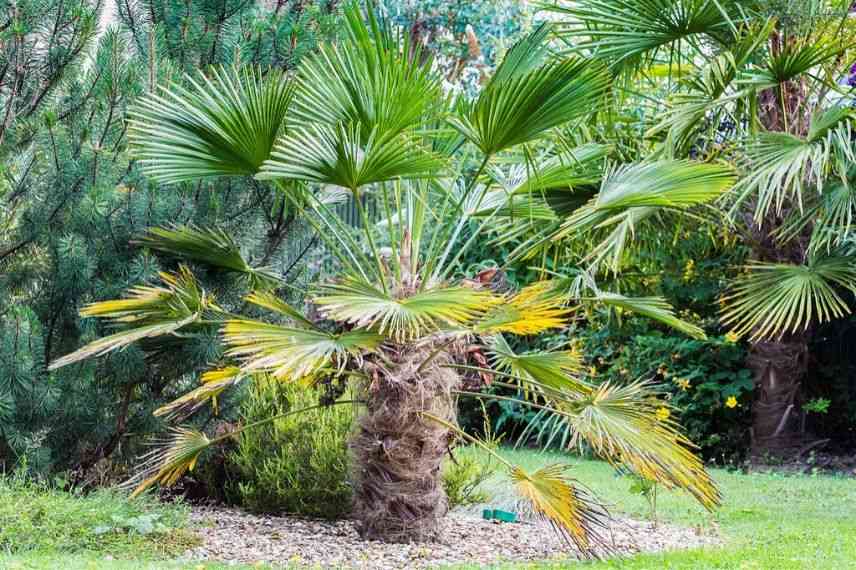
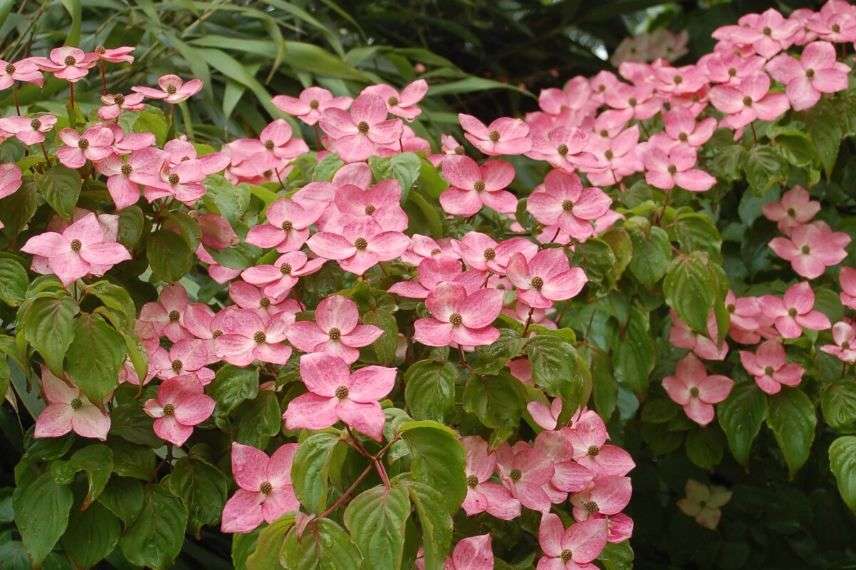
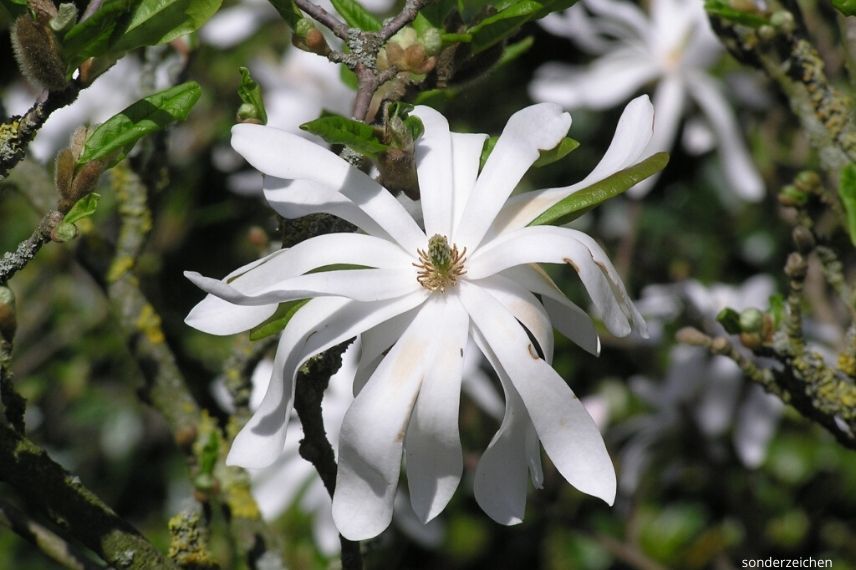
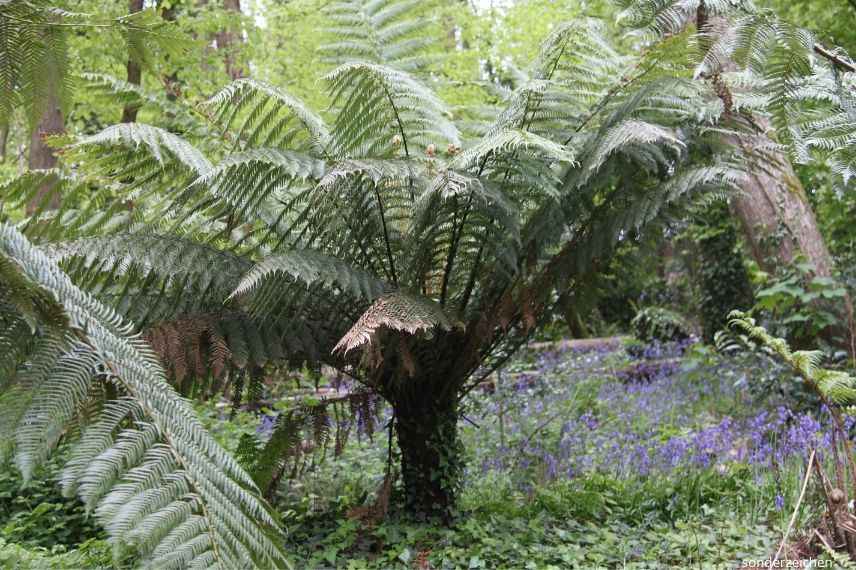
Comments